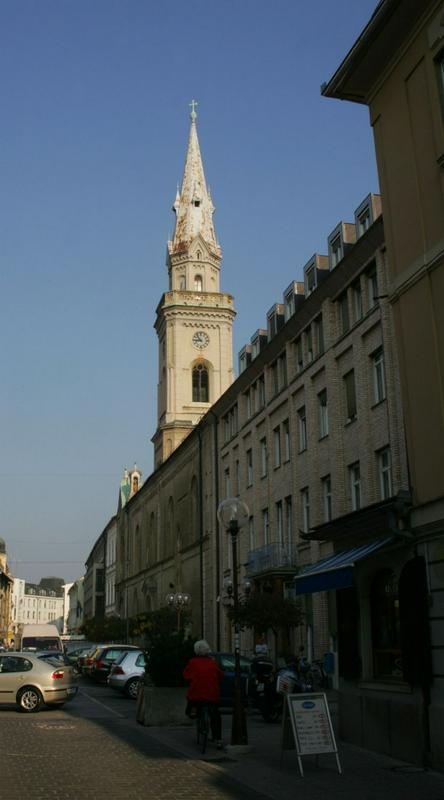
In 1916, the world traveler and writer Alma Karlin was touring Scandinavia. Back then, the small town of Celje didn’t have any New Year's Eve celebrations, but oral histories do provide memories of that era. Urška Ženko, an ethnologist at the Museum of Recent History in Celje, mentions one example: “This was molybdomancy, where participants poured hot lead into cold water and tried to foretell events in the upcoming year from the shapes that would form.”
Some superstitions are still alive and well. “Poultry is eaten on New Year’s Eve, because poultry scratches back, and pork is eaten on New Year's Day, because pigs dig ahead with their snouts,” explains Ženko.
A century ago, the people of Celje still lived behind town walls, which were being overshadowed by modern industry. Celje-based Aero made Persil detergent, while the Emo enamelware factory and the Cinkarna zinc factory adapted to the needs of the war. “It's difficult to generalize about life in that entire period, but terrible privation was a characteristic of the time,” adds Ženko.
Conflict between the Slovenians and the Germans
The year-end festivities of the time were characterized by conflicts between the town's Germans and Slovenians. Today, two buildings recall those tensions: The National Home of the Celje Slovenians and the Celje Home of the former German community. Memories of the period after WWI are more vivid. Local resident Bert Savodnik remembers the first New Year’s Eve celebrations in 1939, when Santa Claus came to town for the first time. “Santa brought his gifts in secret; we never saw him in person. What we now call New Year's trees were sold as Christmas trees,” Savodnik remembers. “Then we got Uncle Frost and finally Father Frost.”
A popular wintertime activity back then was ice skating in the city park. A special attraction was the Celje Promenade, which stretched from the modern-day railroad station to the Counts of Celje Square, where anyone who was anyone would stroll and show off.
Metka Pirc, TV Slovenija
Translated by J. B.

































































